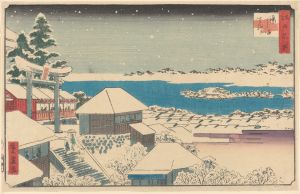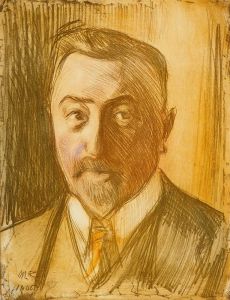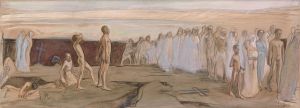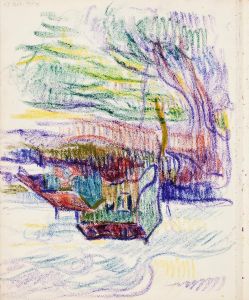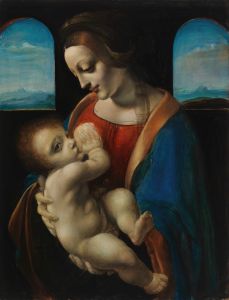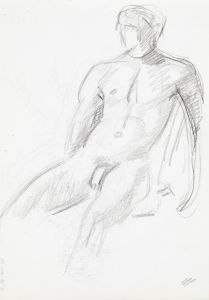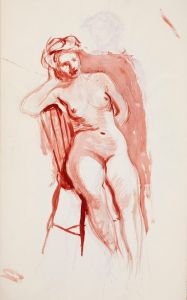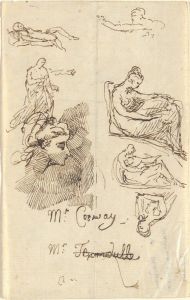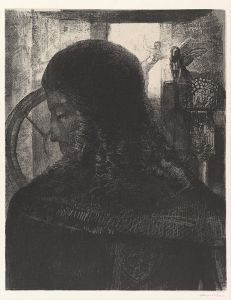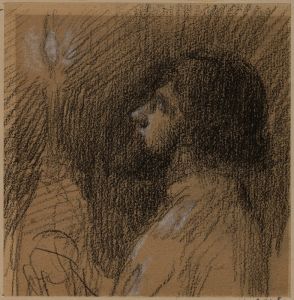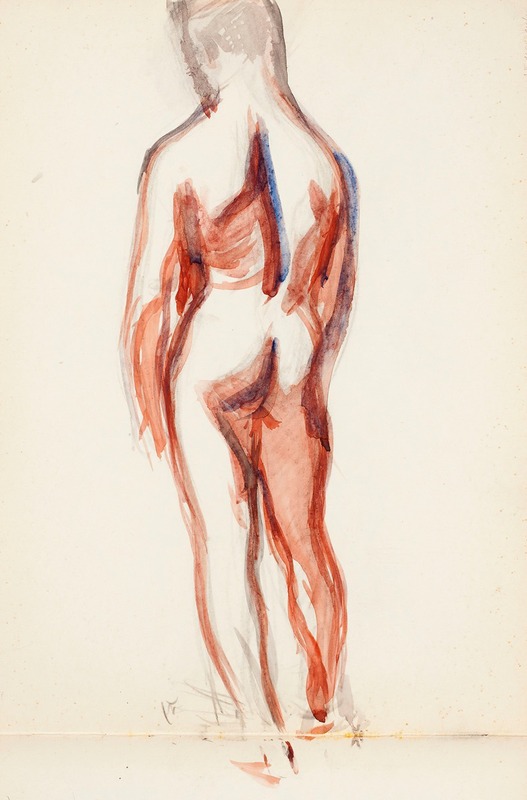
Selin seisova alaston mies, luonnos
A hand-painted replica of Magnus Enckell’s masterpiece Selin seisova alaston mies, luonnos, meticulously crafted by professional artists to capture the true essence of the original. Each piece is created with museum-quality canvas and rare mineral pigments, carefully painted by experienced artists with delicate brushstrokes and rich, layered colors to perfectly recreate the texture of the original artwork. Unlike machine-printed reproductions, this hand-painted version brings the painting to life, infused with the artist’s emotions and skill in every stroke. Whether for personal collection or home decoration, it instantly elevates the artistic atmosphere of any space.
"Selin seisova alaston mies, luonnos" (Standing Nude Man from the Back, Sketch) is a drawing by the Finnish symbolist painter Magnus Enckell. Enckell, born on November 9, 1870, in Hamina, Finland, is known for his significant contributions to Finnish art, particularly during the turn of the 20th century. He was a central figure in the symbolist movement in Finland and played a crucial role in the development of modern art in the country.
The drawing "Selin seisova alaston mies, luonnos" is a study of the male nude, a subject that Enckell frequently explored throughout his career. This particular work is a sketch, which suggests that it was likely created as a preparatory study for a more finished piece. The drawing depicts a nude male figure standing with his back to the viewer, showcasing Enckell's keen interest in the human form and his skill in rendering anatomy with precision and sensitivity.
Enckell's approach to the human body was influenced by his studies in Paris, where he was exposed to the works of the French symbolists and the broader European art scene. His time in Paris, beginning in 1891, was pivotal in shaping his artistic style. He studied at the Académie Julian under the guidance of Jean-Paul Laurens, where he honed his skills in drawing and painting.
The symbolist movement, which Enckell was a part of, emphasized the expression of ideas and emotions through symbolic imagery and often featured themes of mythology, dreams, and the human psyche. Enckell's works from this period often reflect these themes, with a focus on introspection and the exploration of the inner self.
"Selin seisova alaston mies, luonnos" exemplifies Enckell's ability to capture the subtle nuances of the human body. The sketch is characterized by its delicate lines and careful attention to detail, highlighting the contours and musculature of the figure. Enckell's use of light and shadow adds depth and dimension to the drawing, creating a sense of realism and presence.
Throughout his career, Enckell's work evolved, and he experimented with different styles and techniques. However, his fascination with the human form remained a constant theme. His nudes, both male and female, are celebrated for their beauty and sensitivity, and they continue to be an important part of his artistic legacy.
Magnus Enckell passed away on November 27, 1925, in Stockholm, Sweden. His contributions to Finnish art and his role in the symbolist movement have left a lasting impact, and his works are held in high regard in both Finnish and international art circles. "Selin seisova alaston mies, luonnos" remains a testament to his skill as a draftsman and his deep appreciation for the human form.





